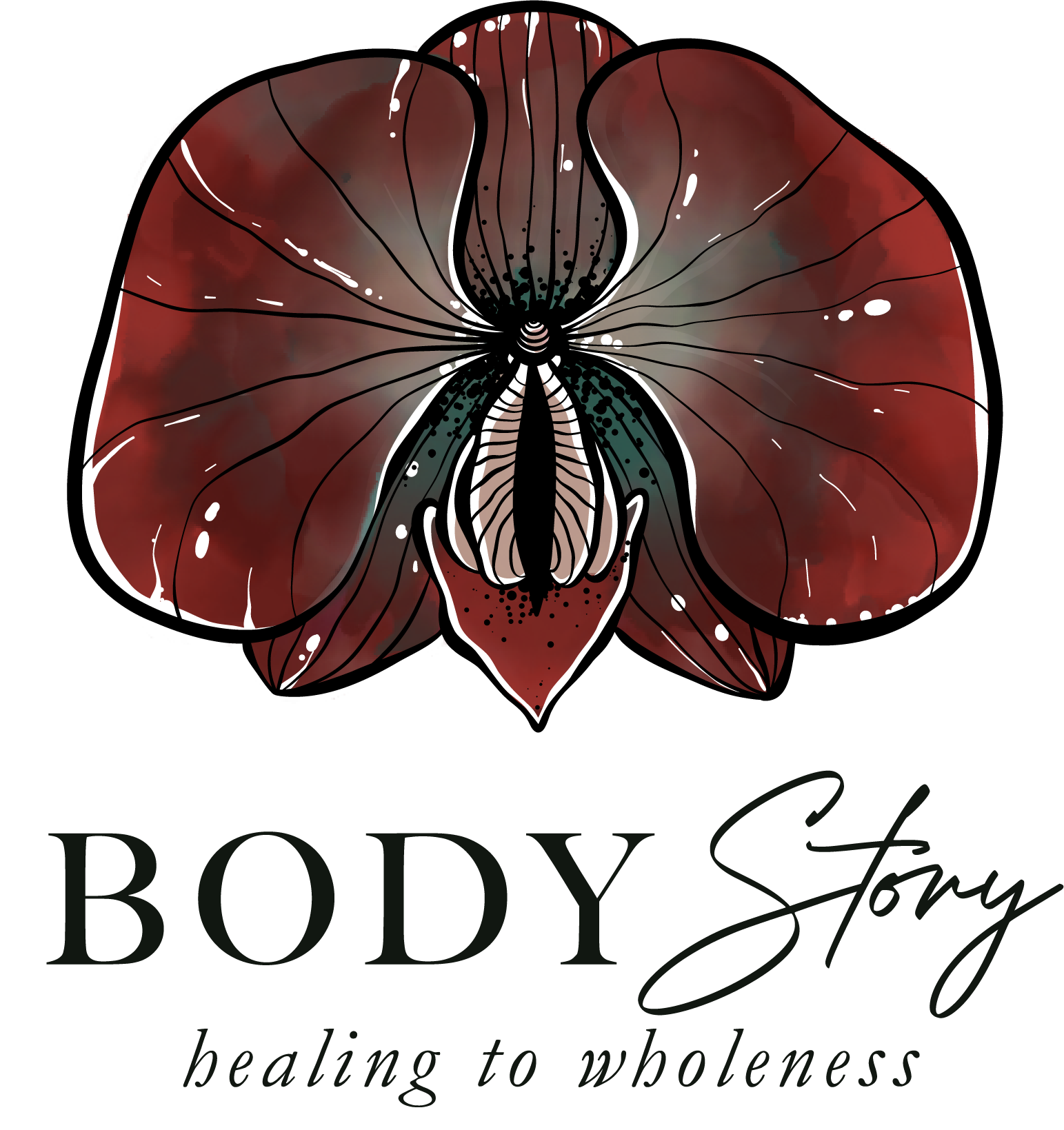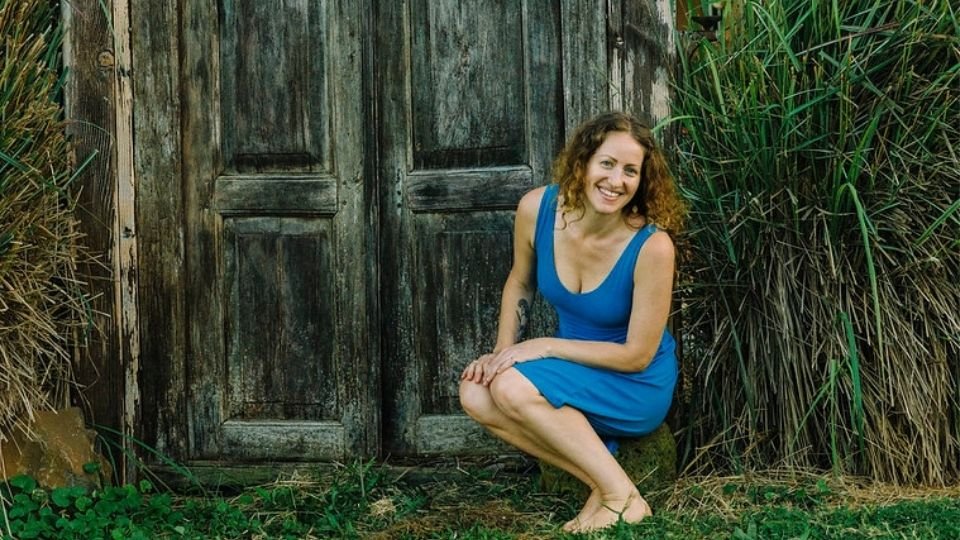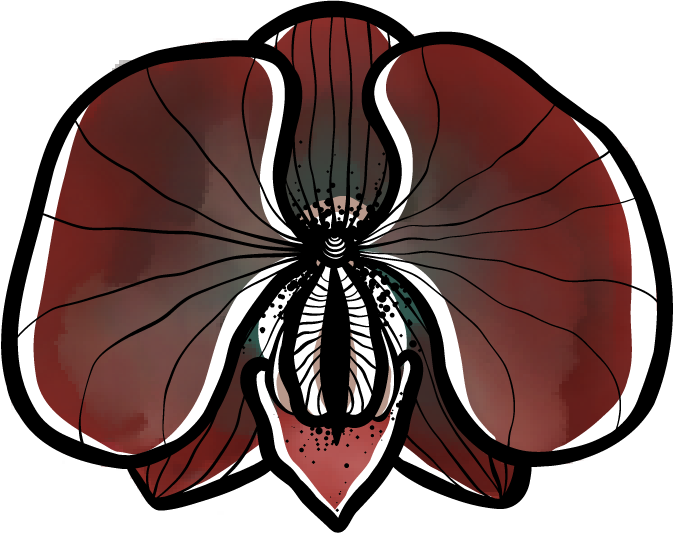The wisdom in our bodies is far greater than our cleverest ideas.
For instance: My knee.
Just two weeks out of an intensive, grinding, depleting four-week yoga training, I stood up from sukhasana (aka, “criss-cross-applesauce”) and felt something pop in my left knee. Then the swelling began. And the limping. And the tears, followed by the howls when I realized that I would not shake this off.
I could barely walk. I could not place any pressure on my knee. I could not practice my beloved daily asana. I could not do anything but apply castor oil packs to my knee and explain to my two-year-old daughter over and over why I couldn’t pick her up.
It was an injury that took three years to heal. One that left me in near chronic pain for a year. One that forever changed my relationship with my body and my practice of yoga.
Truth and Untruth
I can honestly say now that I don’t blame my former yoga teacher for the tear in my meniscus (the name of the ligament in my knee that popped that day), but I can’t say that I never did.
I spent a year diligently working to untie myself from that blame. Yes, she instructed me on a specific way of standing up from sukhasana, a method that caused my left knee to scream “NOT LIKE THAT” every time. Yes, she only shrugged her shoulders when I told her what had happened. Yes, it was one of the final signs that I needed to stop studying with her. But the fault game was just a way to avoid what really needed to be healed.
When I tore my meniscus, I was nearly four years into intensive training with my teacher. This was a woman known to be, let’s say, demanding of her students. Rail thin with lean muscles and visible ribs, she could bend herself in all sorts of pretzels that looked impressive on her blog (I should know because I used to write them for her). Her request was simple: Do exactly as I say and you will learn great things. Those who couldn’t follow that rule left in tears, sure it was them who had failed to reach the bar she said yoga set. As they walked away, she fumed and spat about their weaknesses behind closed doors. I wondered how it was possible that so many incapable people came her way.
Her trainings followed 15-hour days with strict and somewhat inexplicable rules, including how often her students could wash their hair (once every three days, exactly). But because she taught incredible postural alignment along with pranayama, meditation, and Ayurveda, most of her students forgave her controlling ways. Her style quenched our thirst for something deeper than what the mainstream studios taught, yet nearly everyone left feeling more confused than when we had begun.
After four years of working with her, I had grown tired of seeing a constant funnel of young, bendy women who struggled with perfectionism, eating disorders, and mother wounds making origami of themselves trying to please her unpleasable heart. I often consoled them, because this teacher didn’t seem to get into my head the way she did to everyone else. At least that’s what I thought.
Yet in the weeks I was laid up from a torn meniscus, physically unable to bow to her voice in my head that led me through my practice, I woke up to the realization that I, too, was vying for her approval. And it was time to stop.
After two weeks of castor oil packs, I returned to a very different yoga practice. In a chair at first, where I stayed for six weeks. When I could stand again, I found myself doing yoga nidra, restorative poses, or sometimes skipping it altogether to sleep in. I remembered how often my teacher sneered at this gentler form of yoga, yet I felt how vital it was to my overworked body.
What was she so afraid of? I wondered as I lay in a pose for five minutes. Why was she forcing us to march like soldiers through life? I asked myself as I settled in for a nap when my body was screaming with exhaustion. I still don’t know. I didn’t stick around to ask her.
What I Learned from My Yoga Injury
I do know one thing — it’s a teaching that came to me directly courtesy of the worst injury I’ve ever known.
Yoga is meant to open us to the holiness that lives inside our bodies. The Great Mama. The Divine. The Source. Brahma. God. Yet before we can know that we have to bear witness to all the ways we have turned away from that power. The way I turned away was developing a mastery of doing impossible things. I’m really, really good at bearing unbearable loads. Including studying with a teacher who demanded impossible things and then despised us for failing. Seeing this so clearly was what I needed to walk away. I have never once looked back.
In the three years it took to nurse my knee back to health, what I came to was this: The most important teacher we have in our yoga practice is our own bodies.
So that is what I tune in to at the start of my practice. Each day I take an inventory of how busy I’ve been, how much sleep I got, the season, and any other factors that are present. This allows me to design a practice that is right for me by sifting through the brilliant teachings I’ve been lucky enough to receive. Even what I got from her. Especially what I got from her.
Get Honest with Yoga
There’s this concept in yoga’s ethical guidelines (or yamas) called satya. It means that we should do our very best to live in truth in all ways every day. For me, this primarily plays out with being honest with my limits.
Honesty is so much more than not lying. To reach it, we have to wade through the fog that exists between not lying and absolute truth. I wasn’t lying by wanting to study with this well-respected teacher, but I was certainly not listening to the tidbits of truth that came up in nearly every interaction with her.
A teacher’s role is to ask us to shake up old ideas and question what were once rock solid answers. But what I learned from working with my former yoga teacher was that there’s a difference between being thrown off a cliff and being guided down a steep and narrow path.
In other words, a wise teacher shows us how to keep our heads on our bodies while we’re learning. And if our heads aren’t screwed on right, our bodies will let us know. Just ask my meniscus.





